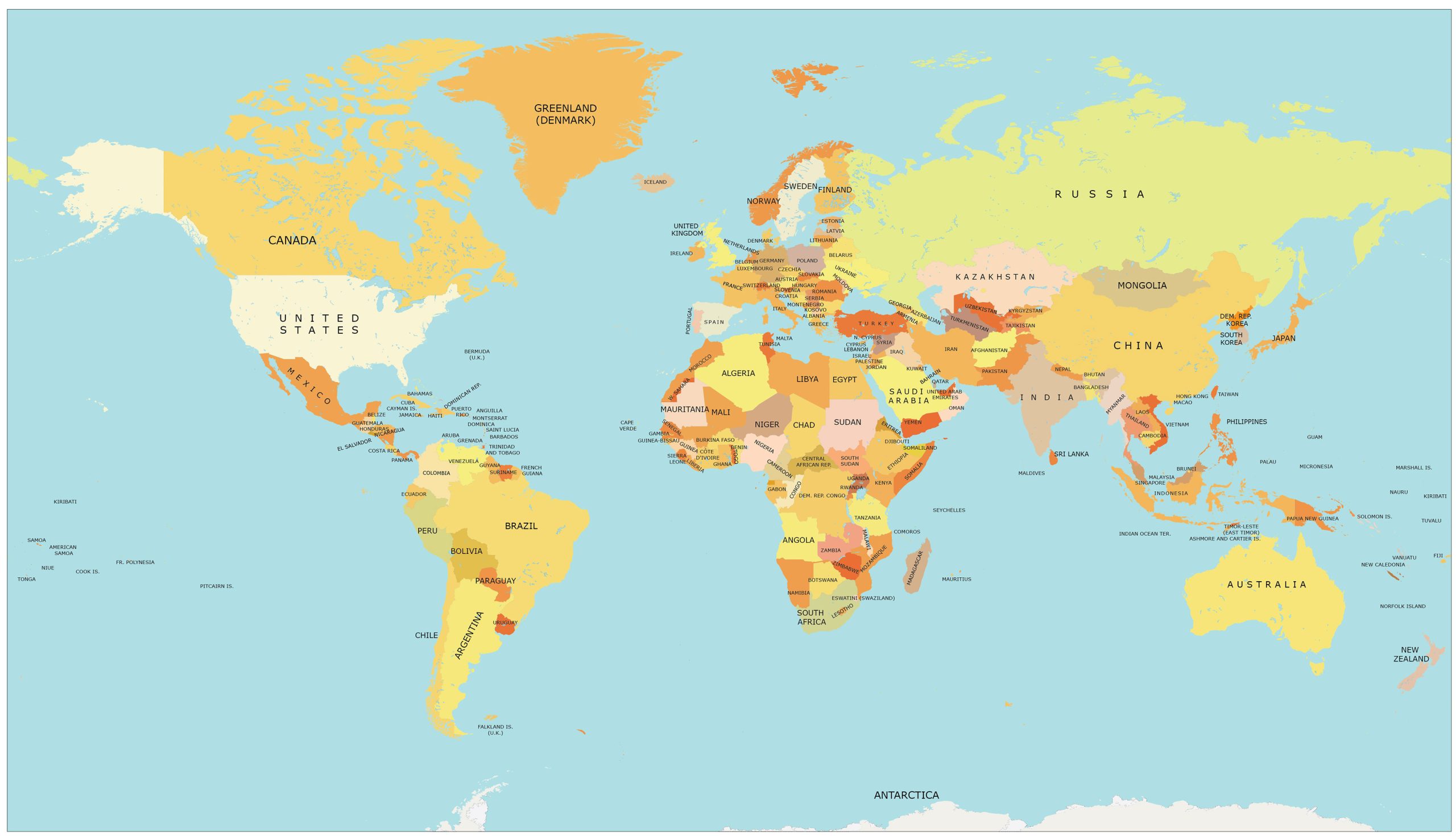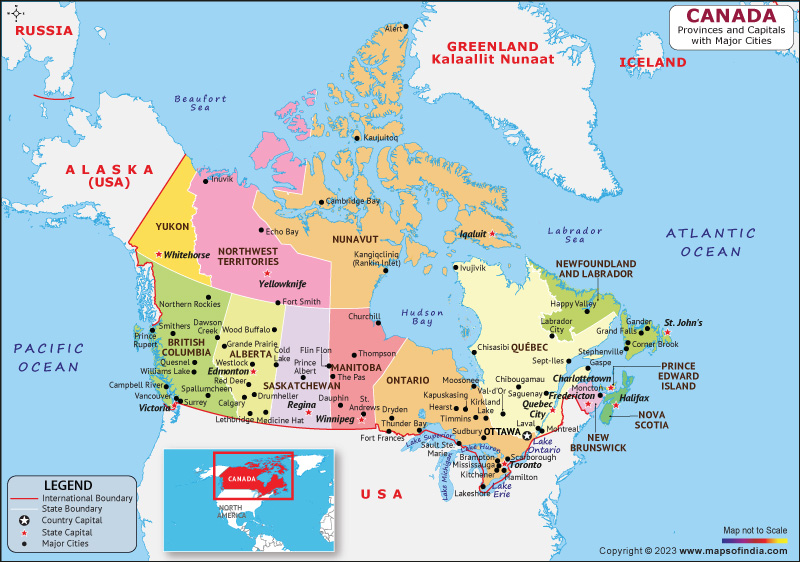
Certainly, here is a 1200-word article in English about the map of Native American sacred sites, focusing on history and identity, suitable for a travel and educational blog.
>
Unveiling the Sacred Map: A Journey Through Native American Lands of Power and Identity
More than just geographical markers on a physical map, the sacred sites of Native America represent a living tapestry woven from millennia of spiritual connection, profound history, and enduring identity. For Indigenous peoples across this continent, these lands are not merely places of worship but are integral to their cosmology, their ancestral stories, their ceremonial practices, and their very existence. To understand this "map" is to begin to grasp the deep, unbreakable bond between Native American cultures and the land they have stewarded since time immemorial.

This article delves into the significance of these sacred sites, exploring their historical roots, their role in shaping tribal identity, and the ongoing struggles for their protection. It serves as an invitation to view the North American continent through a lens of profound reverence, recognizing that every mountain, river, forest, and desert holds stories, power, and the echoes of generations.
Defining Sacredness: Beyond Western Concepts
Before embarking on this journey, it’s crucial to understand that Native American concepts of sacredness often differ significantly from Western religious traditions. Sacred sites are not just churches or temples; they are often vast natural landscapes – mountains, rivers, lakes, caves, forests, and even entire ecosystems. Their sacredness derives from:
- Creation Stories: Many sites are believed to be places where creation occurred, where ancestors emerged, or where deities interacted with the physical world.
- Ceremonial Practice: They serve as indispensable locations for specific rituals, vision quests, healing ceremonies, and annual gatherings that renew spiritual bonds and cultural traditions.
- Ancestral Connection: These lands are often burial grounds or places where ancestral spirits reside, connecting the living with past generations.
- Resource Provision: Sacred sites often provide essential resources like medicinal plants, clean water, and traditional foods, reinforcing the holistic connection between spiritual well-being and physical sustenance.
- Historical Memory: They hold the collective memory of a people, marking significant events, migrations, and the development of cultural practices.
For Indigenous peoples, the land is a relative, a living entity that sustains them and demands respect and reciprocity. Desecration or destruction of these sites is not just a loss of history; it’s an attack on their spiritual health, cultural continuity, and fundamental identity.
A Continental Tapestry of Sacred Lands
Let’s embark on a conceptual journey across this sacred map, highlighting some prominent examples that illustrate the diversity and depth of Native American spiritual geographies.
The West: Mountains of Power and Canyons of Creation
The American West, with its dramatic landscapes, is home to countless revered sites:
- Paha Sapa (The Black Hills), South Dakota: For the Lakota, Cheyenne, and other Plains tribes, the Black Hills are the sacred heart of their universe, a place of creation, spiritual renewal, and vision quests. It is where the Lakota believe the Creator first gave them the Sacred Pipe. Despite being guaranteed to the Lakota by the 1868 Fort Laramie Treaty, the discovery of gold led to its seizure by the U.S. government. The ongoing legal battle for its return symbolizes the broader struggle for Indigenous sovereignty and land rights.
- Bear Lodge (Devils Tower), Wyoming: Known as Bear Lodge to the Lakota, Kiowa, Cheyenne, and other tribes, this striking laccolith is central to numerous origin stories and ceremonial practices, particularly for sun dance ceremonies and vision quests. The U.S. government’s designation as a National Monument and the popularity of rock climbing have led to complex negotiations over respectful access and the protection of Indigenous spiritual practices.
- Grand Canyon, Arizona: To tribes like the Havasupai, Hualapai, Hopi, and Navajo (Diné), the Grand Canyon is far more than a geological wonder. It is a place of emergence, a sacred gateway, and a living testament to their ancestors’ migrations and spiritual journeys. The Colorado River, flowing through its depths, is a lifeblood, essential for ceremonies and sustenance. Development pressures and tourism continuously challenge the preservation of its sacred integrity.
- San Francisco Peaks (Nuvatukya’ovi), Arizona: Known as Nuvatukya’ovi to the Hopi, Dookʼoʼoosłííd to the Navajo, and among the most sacred places for numerous other Southwestern tribes (Zuni, Hualapai, Havasupai, Apache), these peaks are considered the home of the Kachina spirits, essential to their religious ceremonies and rainmaking. The ongoing controversy surrounding the use of reclaimed wastewater for snowmaking on a ski resort on the peaks is a stark example of the conflict between economic development and Indigenous religious freedom.
- Mount Shasta, California: Revered by tribes like the Wintu, Karuk, and Modoc, Mount Shasta is a powerful spiritual center, a place of healing, vision quests, and sacred springs. Its pristine natural environment is integral to the spiritual practices that have taken place there for millennia.
- Chaco Canyon, New Mexico: This UNESCO World Heritage site was a major cultural and ceremonial hub for Ancestral Puebloans between 850 and 1250 CE. Its sophisticated architecture, astronomical alignments, and vast network of ancient roads speak to a highly organized society with a deep spiritual connection to the cosmos. For modern Pueblo people, Chaco remains a significant ancestral pilgrimage site and a source of profound cultural identity.
The Midwest and East: Ancient Earthworks and Life-Giving Waters
Moving eastward, the sacred map reveals ancient earthworks, river systems, and forests imbued with deep spiritual meaning:
- Cahokia Mounds, Illinois: Located near modern-day St. Louis, Cahokia was a sophisticated pre-Columbian city, the largest and most influential urban settlement of the Mississippian culture. Its Monk’s Mound, a massive earthen pyramid, was a center of political and spiritual power. For descendant communities, Cahokia is a testament to the advanced civilizations that thrived on this continent and a sacred ancestral ground.
- Serpent Mound, Ohio: This remarkable effigy mound, stretching over 1,300 feet, was built by the ancient Adena culture (and possibly later Fort Ancient people) and aligns with celestial events, particularly the solstices. Its purpose is believed to be spiritual and astronomical, connecting the earthly realm with cosmic forces. It stands as a powerful symbol of Indigenous ingenuity and spiritual insight.
- Effigy Mounds National Monument, Iowa: This area preserves over 200 prehistoric mounds, many shaped like animals (birds, bears) built by various Woodland cultures. These mounds served as burial sites, ceremonial grounds, and territorial markers, embodying spiritual beliefs about the connection between humans, animals, and the spiritual world.
- The Great Lakes Region: For Anishinaabe (Ojibwe, Odawa, Potawatomi) and Haudenosaunee (Iroquois) peoples, the Great Lakes are not just bodies of water; they are integral to their creation stories, provide sustenance (like wild rice), and are sites for ceremonies and traditional harvesting. The water itself is sacred, and its protection is a paramount spiritual and cultural responsibility.
- Eastern Woodlands: Across the vast forests and river systems of the Eastern United States, countless sites hold significance for tribes like the Cherokee, Choctaw, Muscogee (Creek), and Iroquois. Ancient village sites, burial mounds, ceremonial grounds, and places of refuge during times of conflict are all sacred. The Trail of Tears, a forced removal of Southeastern tribes, left behind a painful history, but the ancestral lands remain sacred to those who were forcibly displaced.
History, Identity, and the Ongoing Struggle
The "map" of Native American sacred sites is not just a historical document; it’s a living testament to ongoing struggles and resilience. The history of colonization has profoundly impacted these sites:
- Dispossession and Desecration: European colonization led to the violent seizure of lands, the destruction of ceremonial grounds, and the forced removal of tribes from their ancestral territories. Many sacred sites were mined, dammed, built over, or converted into national parks without Indigenous consent.
- Cultural Suppression: Attempts to suppress Native American religions and languages further threatened the knowledge and practices associated with these sites.
- Legal Battles and Activism: From the American Indian Religious Freedom Act (AIRFA) of 1978 to the Native American Graves Protection and Repatriation Act (NAGPRA) of 1990, Indigenous communities have fought tirelessly to protect their sacred places and repatriate ancestral remains and cultural items. Battles over sites like Bears Ears National Monument in Utah, Oak Flat in Arizona (Apache Leap), and the Dakota Access Pipeline (Standing Rock) highlight the ongoing fight against resource extraction and development on sacred lands.
Despite these challenges, sacred sites remain fundamental to Native American identity. They are anchors for language revitalization, ceremonial renewal, and the transmission of traditional knowledge to younger generations. For many, these places represent the unbroken chain of their existence, connecting them to their ancestors and ensuring the continuity of their culture.
Respectful Engagement: A Call to Action
For travelers and history enthusiasts, engaging with the "map" of Native American sacred sites demands respect, humility, and a commitment to education:
- Educate Yourself: Learn about the specific tribes associated with a particular site, their history, and their contemporary concerns.
- Seek Permission and Guidance: If visiting a site, research if it is open to the public, if permits are required, and if there are specific protocols for visitors. Ideally, seek guidance from the tribal nations themselves.
- Practice "Leave No Trace": Go beyond simply picking up your trash. Leave natural features undisturbed, avoid making noise, and do not collect artifacts or natural items.
- Support Indigenous Initiatives: Look for opportunities to support tribal cultural centers, museums, and economic development projects that benefit local communities.
- Listen and Learn: Approach these sites as a student, open to understanding worldviews that may differ from your own. Recognize that many sites are not tourist attractions but profound spiritual landscapes.
- Advocate for Protection: Support Indigenous rights and efforts to protect sacred lands from desecration and commercial exploitation.
The Enduring Heartbeat of a Continent
The map of Native American sacred sites is a profound document, rich with history, identity, and an enduring spiritual power. It reminds us that the land itself is a library of knowledge, a church, and a living testament to the resilience of Indigenous peoples. By recognizing and respecting these sacred places, we not only honor the First Peoples of this continent but also gain a deeper understanding of the profound interconnectedness between humanity, history, and the natural world – a lesson vital for all of us in the 21st century. This map is not static; it continues to pulse with the heartbeat of a continent, awaiting our respectful acknowledgement and protection.


